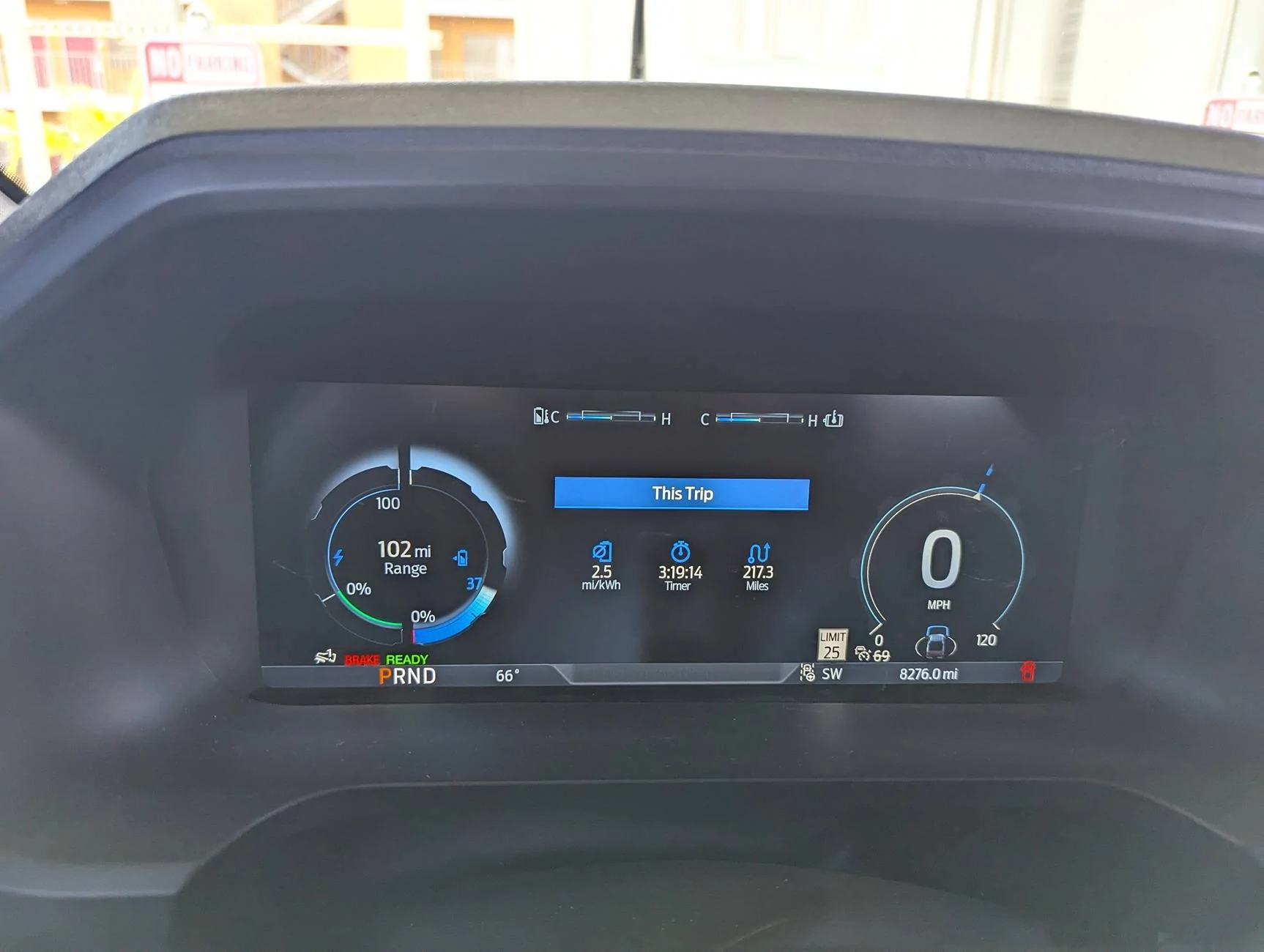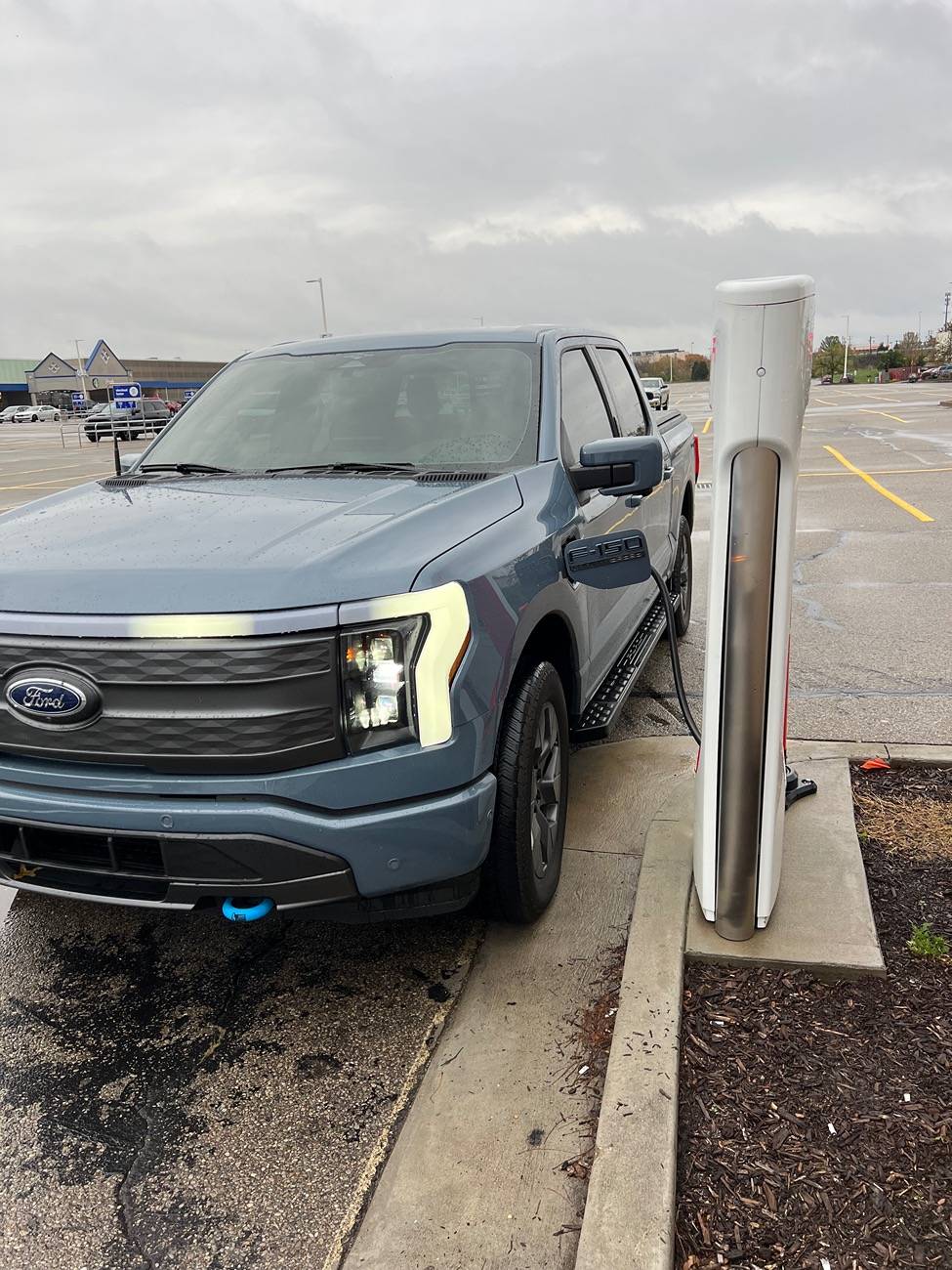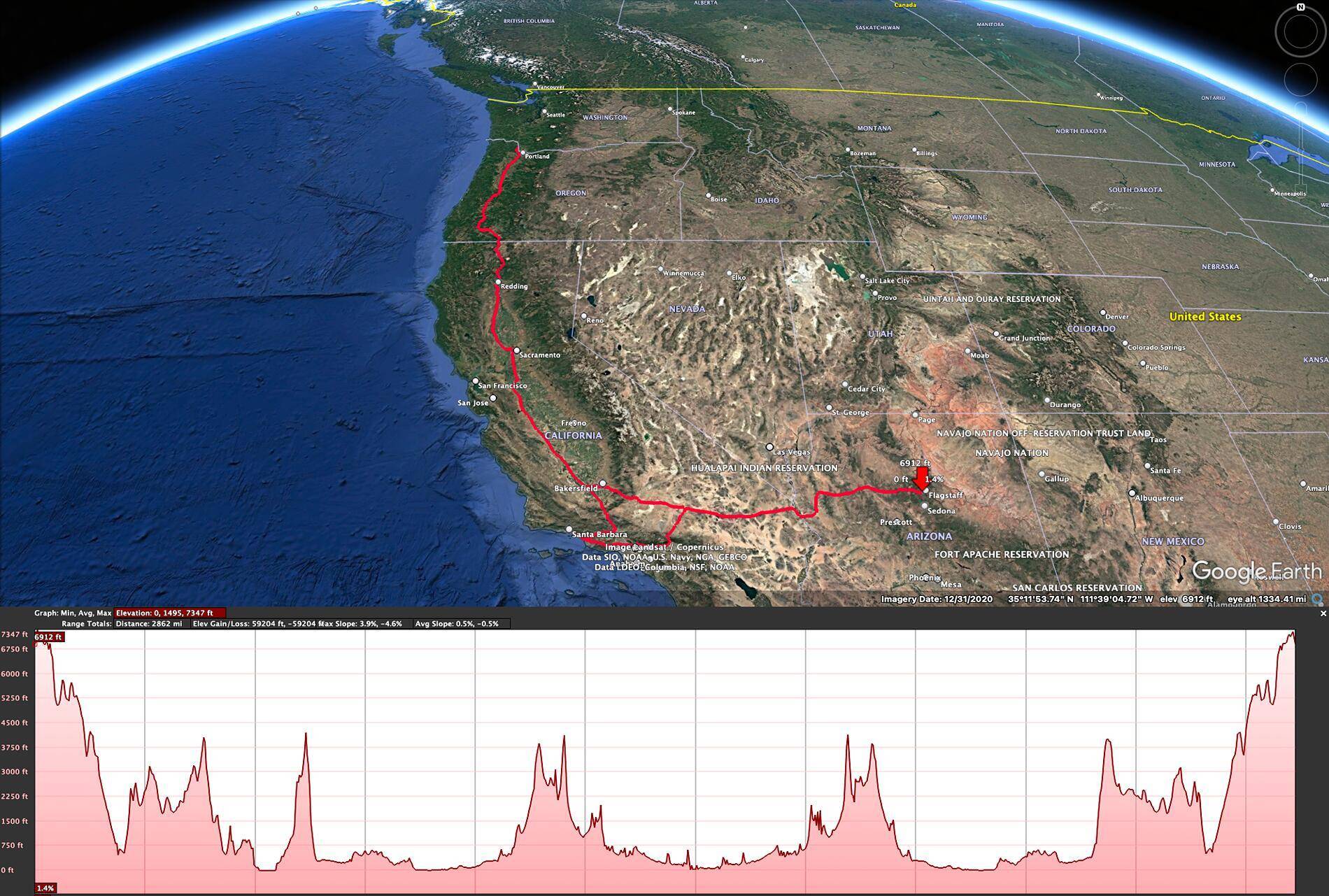GDN
Well-known member
- First Name
- Greg
- Joined
- Feb 15, 2022
- Threads
- 93
- Messages
- 3,701
- Reaction score
- 4,703
- Location
- Dallas, TX
- Vehicles
- Lightning Lariat ER, Performance Y
- Occupation
- IT
Thanks for working through that math. I've laughed for a few years when people complain about the prices. I don't like the prices, but truly don't use them often, I'm more commuter than traveler.I don't begrudge a DCFC provider making some money--we live in a world where it's expensive to provide commodities like electricity for EVs. The installation investment isn't nothing. In CA the average cost of a kWh of electricity is about $0.199/kWh. If the DCFC provider charges $0.48/kWh, their immediate margin on the kWh is $0.281/kWh. Let's say it was $4.2M to install, operate, and maintain a 6-vehicle, 350kW station over 5 years*. If they want to make back 10% ROI, they have to get a return of $4.6M.
They need to sell 16.4 million kWh of electricity at that $0.281/kWh margin.
If their average provided power is 100 kW and they're providing that to 6 vehicles at a time, that's 27,333 hours of 6-vehicle charging they need to provide to cover the costs of installation, operation, and maintenance. That's 1139 days, or about 3.1 years before they can recover their installation costs. And unlike fossil fuel convenience stores, those capital costs aren't subsidized at the same rate as c-stores (which receive 100% depreciation in the year the capital costs are incurred).
*The capital costs as evaluated in 2017:
https://www.itskrs.its.dot.gov/2017-sc00381
Either way - they are not cheap to install and run.
Sponsored




